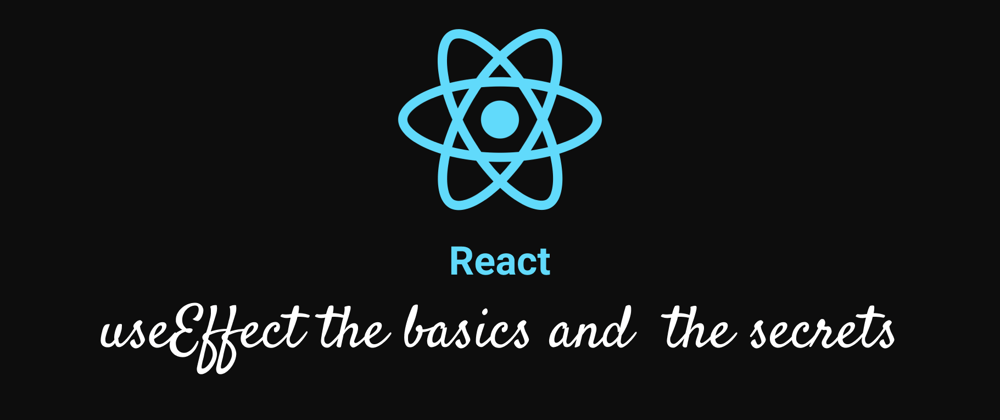Almost everyone is familiar with hooks these days, useEffect is one of the most used hook. My 2 cents on it!
It's a hook which triggers after each render to perform any side effect.
Simple useEffect
const [count, setCount] = useState(0)
useEffect(() => {
document.title = count;
})
Whenever the components re-render the hook will trigger updating the document title. It might be due to count change or its parent might have re-rendered causing this to re-render.
The Cleanup Method
If you are creating side effect, you might want to clear them like clearing timeout or cancelling previous pending API request, for this we have cleanup method, return a function from useEffect and it will trigger at unmount or before the next cycle of the same useEffect.
const [count, setCount] = useState(0)
useEffect(() => {
// Not a good practice, just for the sake of example
document.body.style.background = 'red'
return () => {
document.body.style.background = 'blue'
};
})
...
<button onClick={() => setCount(count+1)}>Count ++</button>
Most people learn useEffect by relating it to componentDidMount, componentDidUpdate and componentWillUnmount. So they relates the cleanup function with componentWillUnmount and thinks all cleanup are triggered only once, on unmount. Which is far from the truth! whenever I asked this question in interview only answer I got was "in the unmount phase"
After the first render useEffect will trigger and we can see background color as red and when the state changes the component will re-render hence useEffect will trigger again after the render but before that, cleanup method will trigger as shown in this gif.
Why?: To keep the concern limited at one place, Assume cleanup doesn't run before every useEffect and let's say you are using setTimeout in the useEffect, if there is second useEffect call you have to cancel the first timer or there might be a memory leak, a possible way to do it is
const timer = React.useRef(null);
useEffect(() => {
if(timer.current){
clearTimeout(timer.current);
}
timer.current = setTimeout(...
})
but with a cleanup function you can do
useEffect(() => {
const timer = setTimeout(...
return () => {
clearTimeout(timer);
}
})
Optimize using the dependency array
There might be a case where you don't want it to run every time but on specific condition for this useEffect (all the hooks) have another parameter known as dependency array, where you can specify the dependent parameter like [count], useEffect will trigger only if count changes and cleanup method too.
Empty dependency array
Is it a special case for componentWillunmount and componentDidMount? Nope, though it seems like but it is not handled separately.
useEffect(() => {
...
return () => {...}
}, [])
[] means no dependency, so useEffect will trigger only during the initial render and cleanup only in unmount phase, React calls all cleanup methods in unmount phase hence it will run, so it behaves same way as componentWillunmount and componentDidMount but it's not the same.
Last but not least due to closure cleanup will have values of previous state when useEffect was executed.
You can play with useEffect here








Latest comments (0)